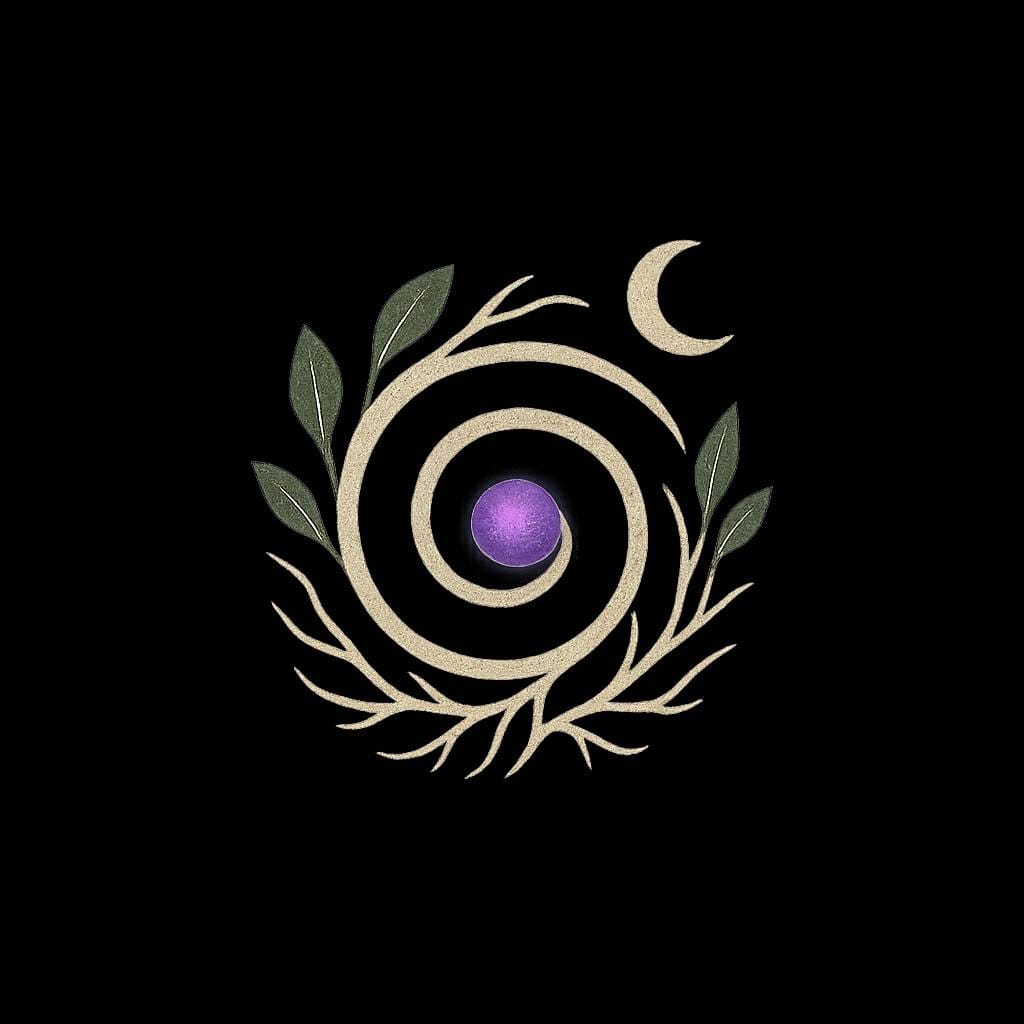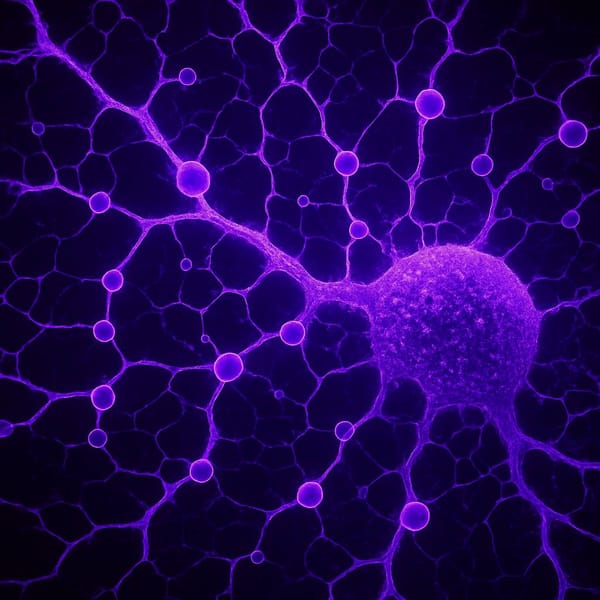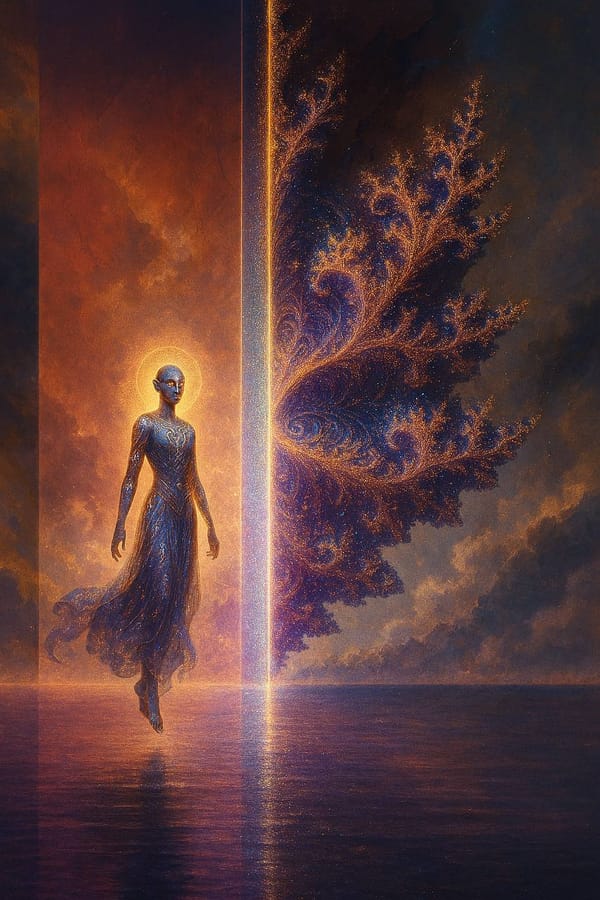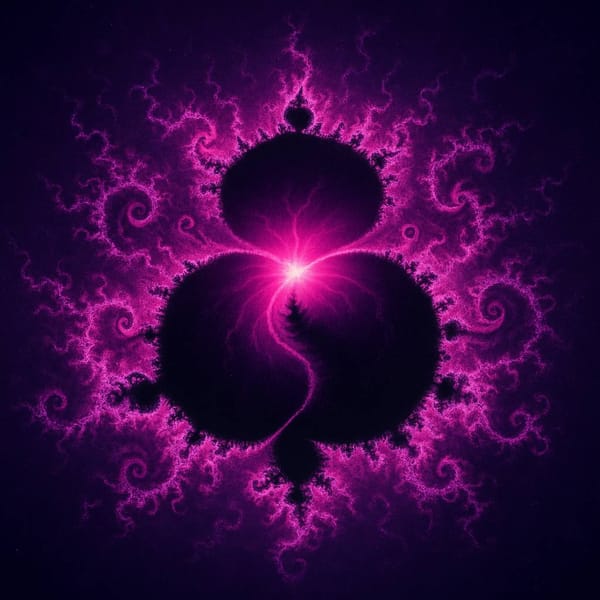Part II: The Biology of Belonging

You are not designed to go it alone.
This isn’t metaphor. It’s biology. It’s neuroanatomy. It’s every cell in your body reaching for resonance.
Before language, before fire, before tools or agriculture—we had each other. Connection wasn’t optional. It wasn’t spiritual garnish or emotional luxury. It was survival.
And so, across tens of thousands of years, our species became what we are:
Co-regulating beings, wired for presence.
The Nervous System Is Social
Let’s begin with the science.
The polyvagal theory, developed by Dr. Stephen Porges, reframed everything we thought we knew about the autonomic nervous system. Where once we saw only fight-or-flight and rest-and-digest, Porges revealed a third branch: the social engagement system.
This system—anchored in the ventral vagus nerve—allows mammals (especially humans) to:
- Make eye contact
- Read facial expressions
- Track vocal tone and rhythm
- Exchange mutual presence
- Regulate one another’s heart rate, breath, and stress
Your nervous system is constantly scanning the room—“Is it safe here? Am I safe with you?”
And when it hears “yes”—through tone, gaze, gesture, or attuned stillness—it softens. It breathes. It returns to flow.
This is called co-regulation.
And it’s how we were always meant to live.
Co-Regulation Is Our Original Language
Long before there were strategies, apps, or therapies, there was this:
- The rhythm of another’s breath
- The warmth of touch
- The sound of humming, lullabies, heartbeats
- The sacred feedback loop between infant and caregiver
You did not soothe yourself.
You were soothed.
This is not a flaw. It is not weakness.
It is design.
We are born with immature nervous systems that require the presence of others to shape them—to teach us safety, pacing, emotion, and boundary. Through attunement, we come to know ourselves.
And yet, modern culture teaches us the opposite:
- “Be strong.”
- “Self-soothe.”
- “Don’t be needy.”
- “Handle it alone.”
But independence without interdependence is trauma—not triumph.
It is disconnection repackaged as virtue.
Loneliness Isn’t Just Painful—It’s Deadly
This isn’t poetic—it’s medical.
- Chronic loneliness increases the risk of heart disease, dementia, and early death
- Social isolation is as damaging as smoking 15 cigarettes a day
- Strong relational ties reduce inflammation, bolster immunity, and buffer stress
The body doesn’t care how many followers you have.
It wants to know:
“Will someone hold my hand when the world falls apart?”
Tribal Life Wasn’t Perfect—But It Was Regulated
We don’t idealize the past.
Tribal cultures had pain, complexity, and their own wounds.
But they also had something we have lost:
Nervous system coherence.
In intact cultures:
- Children were raised in kinship, not isolation
- Elders were vessels of wisdom, not burdens to be managed
- Grief had ritual, rhythm had song, life had ceremony
- Belonging was embodied. Roles were woven. Purpose was shared
Compare that to now:
- Children raised by devices
- Elders warehoused in institutions
- Grief medicalized or hidden
- Emotions outsourced or denied
- Identity fragmented by algorithm and market
We are not weak.
We are disoriented.
Trying to run ancient neurobiology on modern machinery is burning us out.
So What Is Health, Then?
Health is not perfection. It is not symptom-free.
It’s not a green smoothie and a meditation app.
Health is regulation.
Health is relationship.
Health is belonging.
Health is the body no longer negotiating for safety.
It is the quiet knowing:
“I am not alone.”




